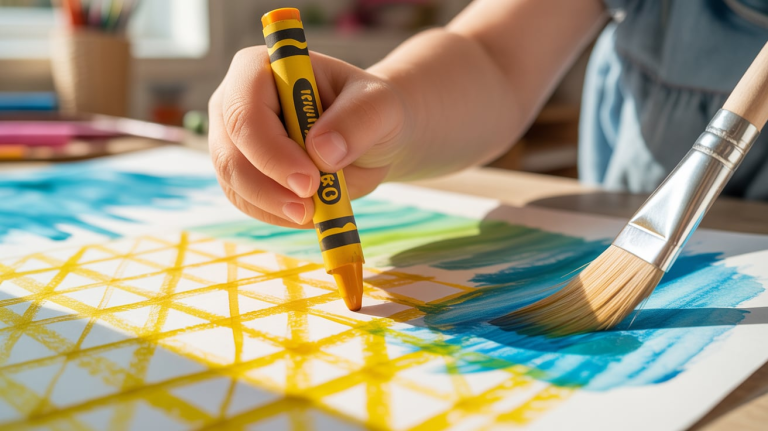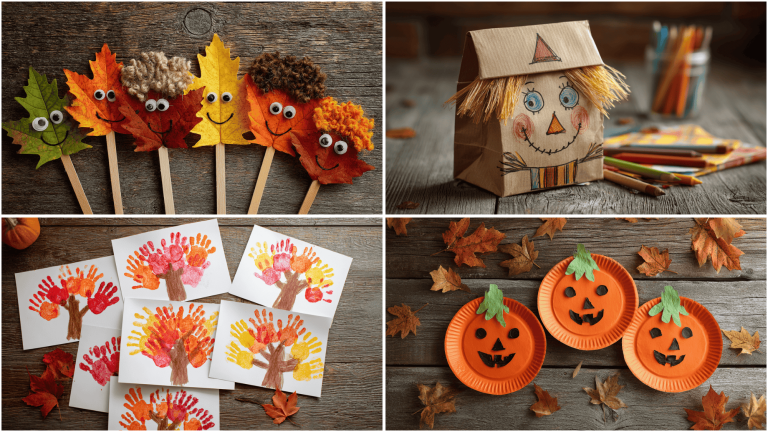10 Fun Activities for An 11-Month-Old

As your baby approaches their first birthday, it’s an exciting time filled with new milestones and discoveries.
At 11 months old, your little ones are becoming more active, curious, and eager to explore the world around them.
Creating a stimulating environment filled with fun and educational activities is essential to supporting their rapid development and keeping them engaged.
A well-structured schedule for 11 month old should include a variety of tasks that promote cognitive, physical, and social-emotional growth.
These activities provide entertainment and help your baby develop important skills such as hand-eye coordination, problem-solving, and language acquisition.
In this blog post, we’ll explore ten exciting activities you can easily incorporate into your daily routine, ensuring that your baby remains happy, healthy, and thriving during this crucial stage of their development.
Top Activities to Keep Your 11-month-Schedule Entertaining
Some of the top activities to keep your 11-month-old engaged and help them enhance their holistic profile with fun and enthusiasm.
1. Reading Board Books
Reading to your child is a fantastic way to develop language skills and foster a love for books. Choose board books with colorful illustrations and simple stories to capture your baby’s attention and encourage them to interact with the pages. Reading aloud helps your baby understand the rhythm and intonation of language, as well as exposes them to new vocabulary words. Make reading a part of your daily routine, such as before naptime or bedtime, to create a calm and comforting atmosphere. As you read, point to the pictures and name the objects, animals, or people on each page. Encourage your baby to touch the book, turn the pages, and even mimic your words or sounds.

2. Stacking Toys
Stacking toys, such as blocks, cups, or rings, helps develop your baby’s hand-eye coordination and problem-solving skills. These toys come in various shapes, sizes, and colors, offering endless opportunities for learning and exploration. Encourage your little one to stack the objects on top of each other, creating towers or simple structures. As they manipulate the pieces, they’ll learn about balance, spatial relationships, and cause and effect. When the tower inevitably tumbles down, your baby will delight in the process of rebuilding it, fostering a sense of perseverance and resilience.
3. Singing and Dancing
Singing nursery rhymes and dancing along with your baby is a great way to encourage musical exploration and gross motor skill development. Music has a powerful impact on your baby’s brain, helping to stimulate cognitive development and emotional regulation. Play songs with catchy tunes and simple lyrics, and watch as your baby bounces, claps, and sways to the rhythm. Encourage them to move their body freely, whether it’s by crawling, standing, or even taking a few wobbly steps.
4. Crawling Obstacle Course
Create a safe obstacle course using pillows and soft objects to encourage your baby to crawl and explore their surroundings. This activity promotes physical development, gross motor skills, and spatial awareness. Arrange the objects in a way that challenges your baby to navigate through, over, and around them. For example, you can create tunnels using large cardboard boxes, place cushions for them to climb over, or use a play tunnel for them to crawl through. As your baby moves through the obstacle course, they’ll develop strength, balance, and coordination.

5. Peek-a-Boo
Playing peek-a-boo is a classic game that helps your baby understand object permanence and develops social skills. This simple yet engaging activity involves hiding your face behind your hands, a blanket, or a toy, then revealing yourself with a cheerful “peek-a-boo!” Your baby will be delighted by the element of surprise and the joy of rediscovering your face. As you play, vary the hiding spots and the duration of your disappearance to keep the game exciting and unpredictable.
6. Sensory Play
Introduce your baby to different textures through sensory bins filled with rice, water, or sand. Always supervise your little one closely during sensory play to ensure their safety. This activity encourages tactile exploration, fine motor skill development, and creative expression. Fill a shallow container with a sensory material of your choice, such as cooked and cooled rice, water with a few drops of food coloring, or clean play sand. Provide your baby with scoops, cups, and other tools to manipulate the material, encouraging them to pour, scoop, and sift through the bin.
7. Finger Painting
Let your baby explore colors and textures through finger painting with edible, non-toxic paint. Place a large sheet of paper on the floor or table, and let your little one create their masterpiece using their fingers and hands. This messy but fun activity encourages creative expression, fine motor skill development, and sensory exploration. As your baby dips their fingers into the paint and smears it across the paper, they’ll delight in the tactile experience and the vibrant colors they create.

8. Simple Puzzles
Introduce basic puzzles with large pieces to help develop your baby’s problem-solving skills and fine motor coordination. Choose puzzles with simple shapes, bright colors, and engaging themes, such as animals or vehicles. Sit with your baby and demonstrate how to place the pieces into their corresponding slots, encouraging them to try it themselves. As they manipulate the pieces and work to fit them into the correct spaces, they’ll develop hand-eye coordination, spatial awareness, and persistence.
9. Exploring Household Objects
Provide your baby with safe kitchen items like wooden spoons, plastic containers, or measuring cups to explore and manipulate. This activity encourages curiosity, fine motor skill development, and imaginative play. Choose objects with varying shapes, sizes, and textures to offer a diverse range of sensory experiences. Show your baby how to stack the containers, bang the spoons together, or fill and empty the measuring cups.
10. Ball Play
Rolling a ball back and forth with your baby is a fun way to encourage crawling, hand-eye coordination, and turn-taking. Use a soft, lightweight ball that is easy for your little one to grasp and roll. Sit on the floor with your baby and gently roll the ball towards them, encouraging them to stop it and roll it back to you. This simple game helps your baby understand cause and effect as they learn that their actions can make the ball move.

Conclusion
Incorporating these ten fun activities into your 11-month-old schedule will provide your baby with endless opportunities for learning, growth, and enjoyment.
By offering a diverse range of experiences that cater to their developing skills and interests, you’ll help your little one thrive during this pivotal stage of their life.
Remember, every baby develops at their own pace, so it’s essential to remain patient, supportive, and attuned to your child’s unique needs.
Always prioritize safety and supervision during playtime, ensuring that toys and objects are age-appropriate and free from potential hazards.
As you embark on this exciting journey of discovery with your 11-month-old, cherish the precious moments spent together, knowing that you are laying the foundation for a lifetime of curiosity, creativity, and a love for learning.






